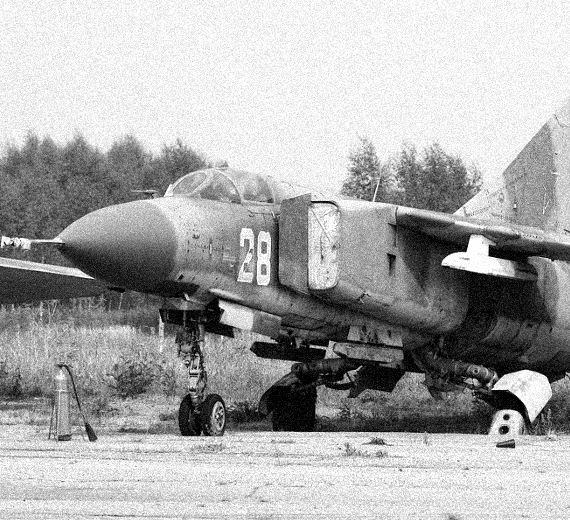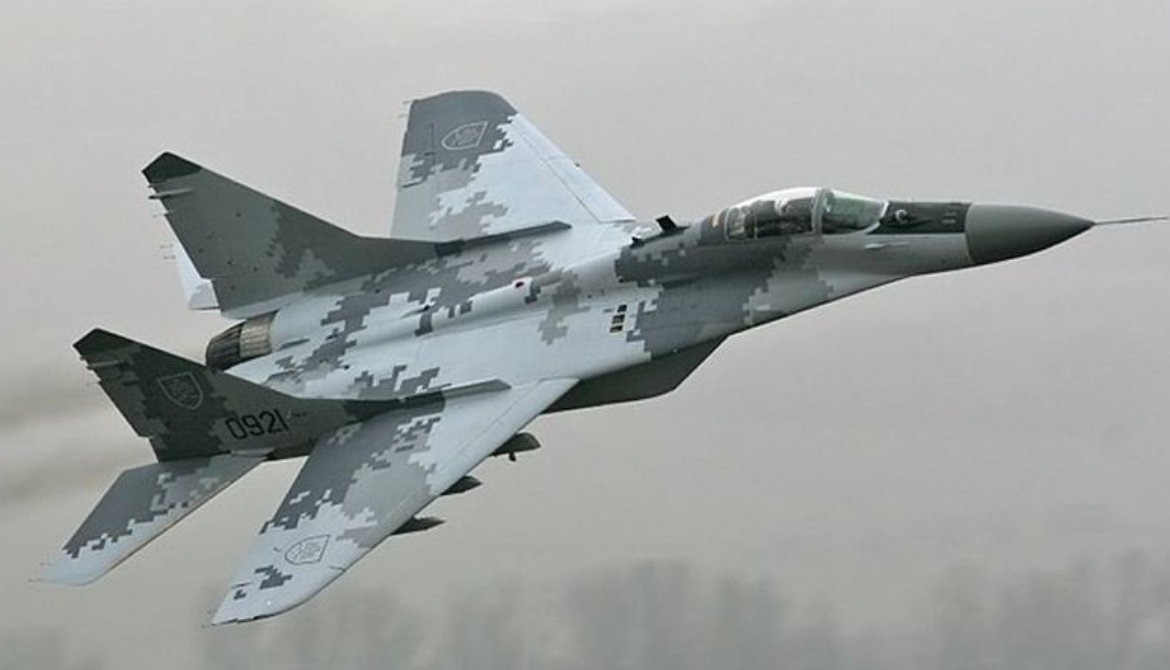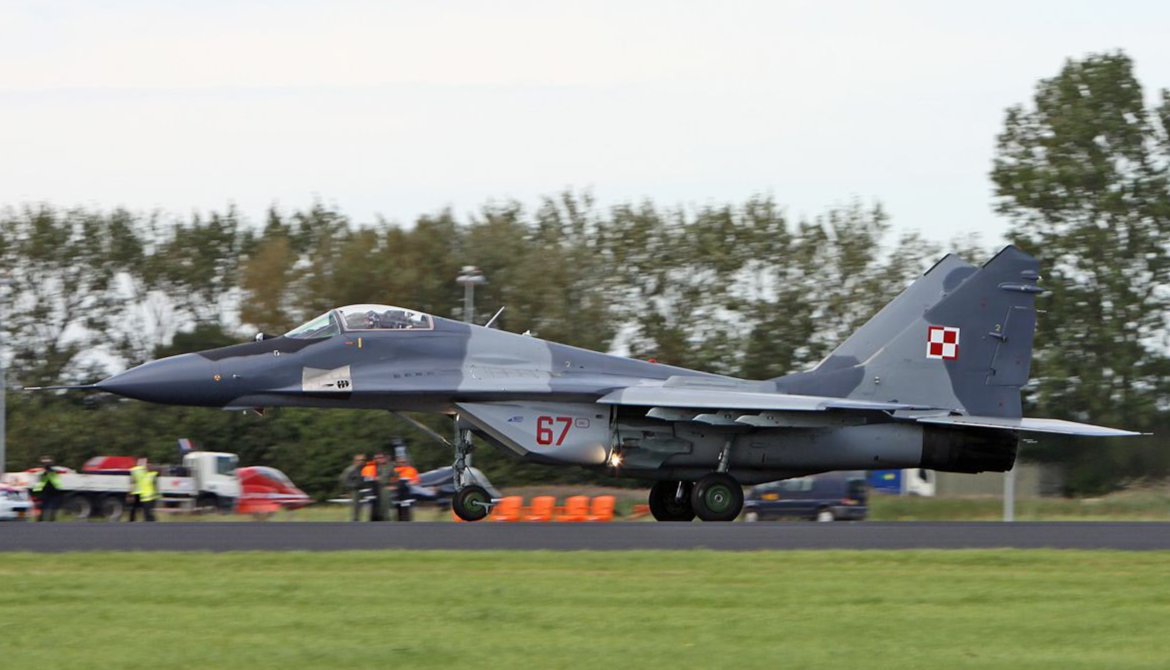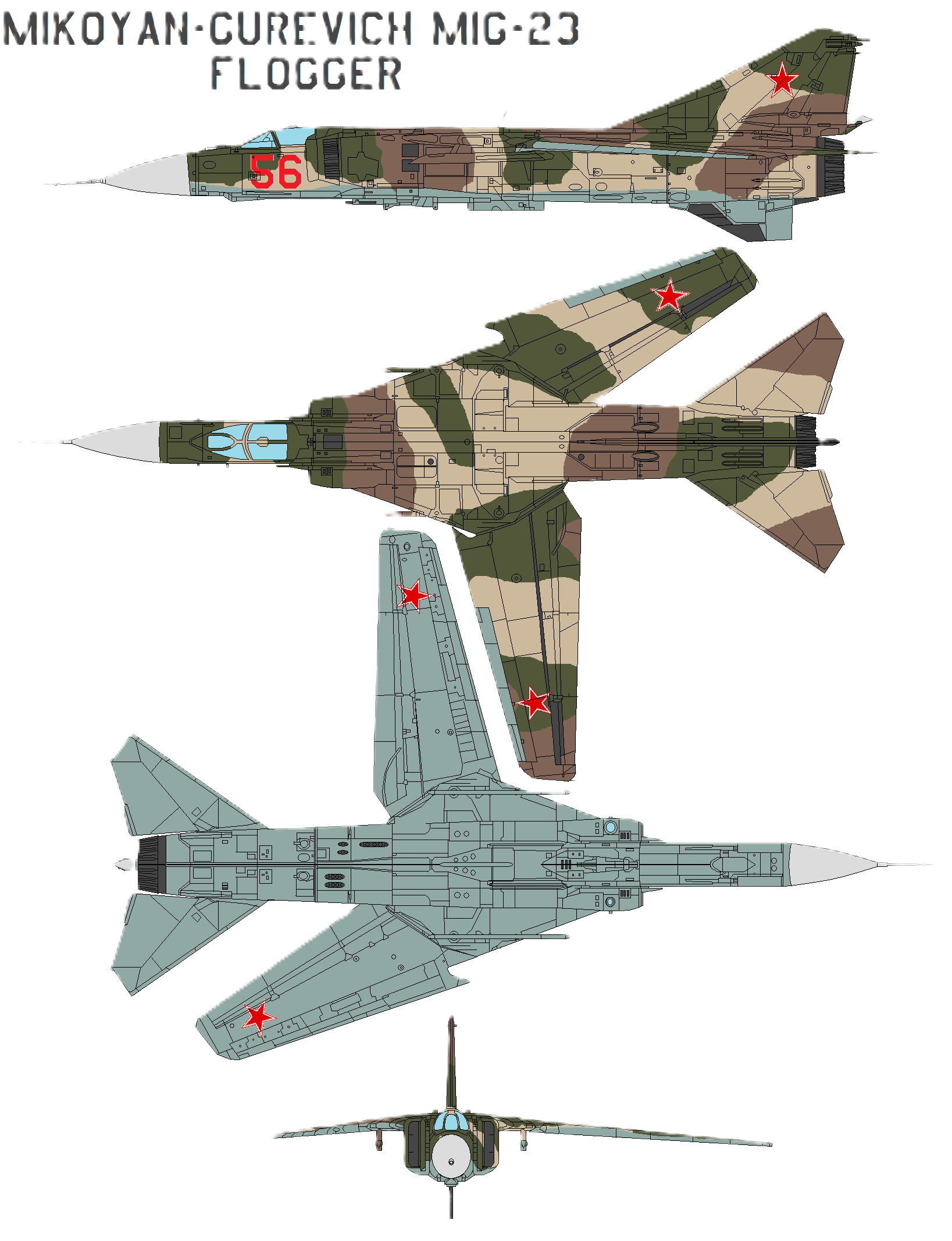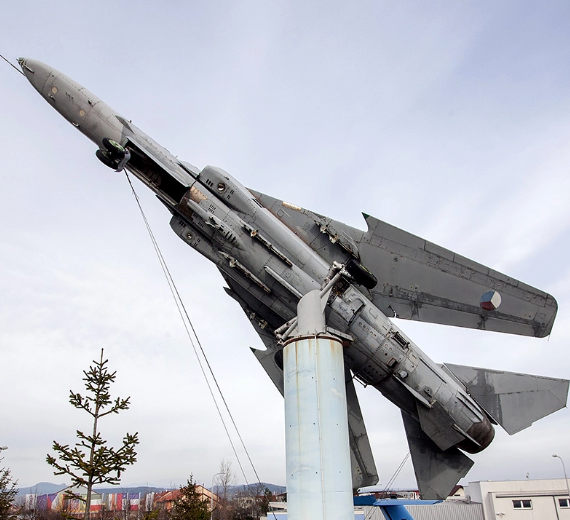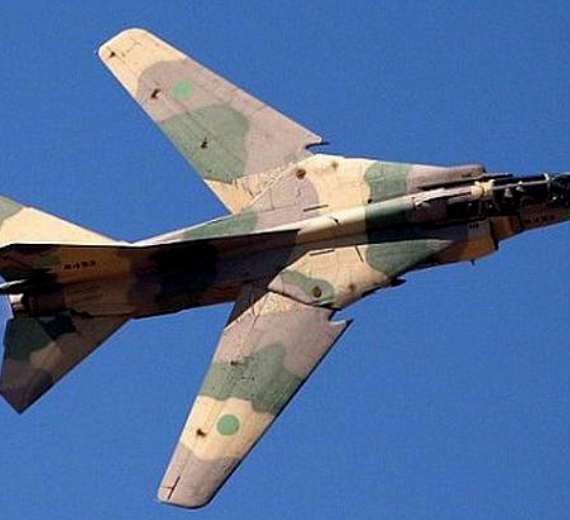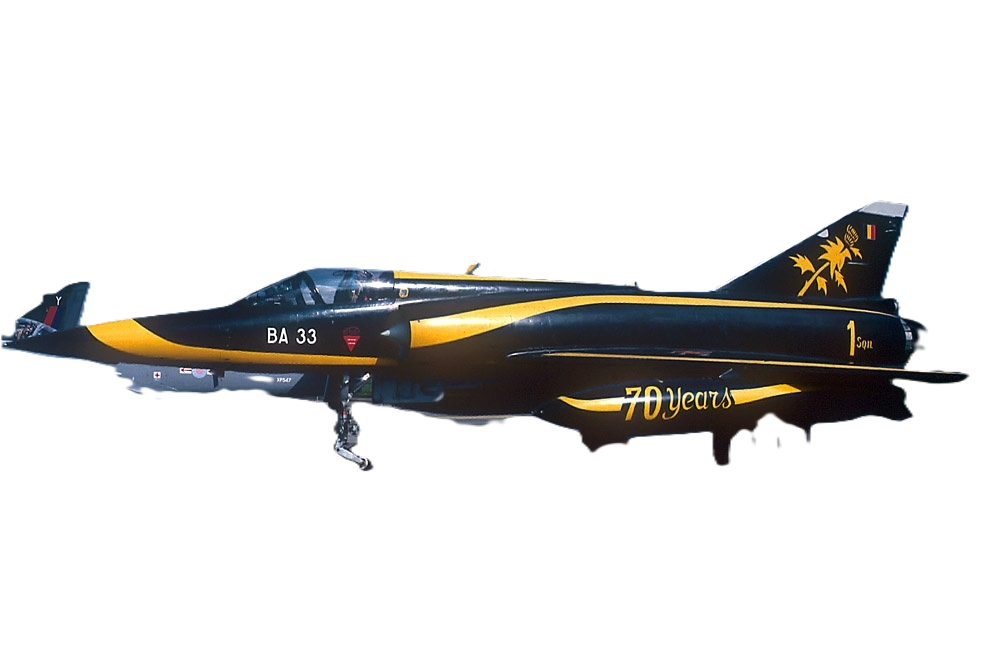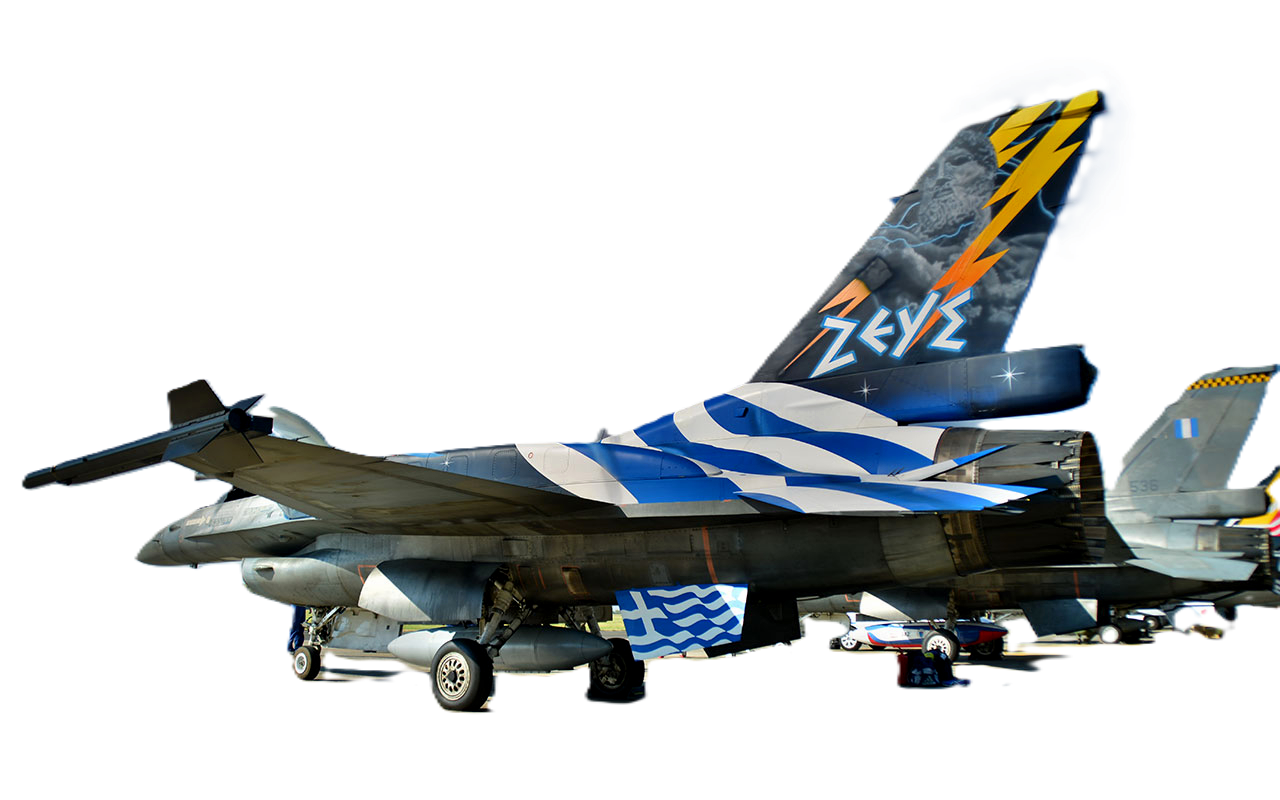Russian Aircraft "Mig"
MiG-23/27 Flogger
 |
|
| A Soviet Air Force MiG-23MLD | |
| Role | Fighter aircraft (M series) Fighter-bomber (B series) |
|---|---|
| National origin | Soviet Union |
| Manufacturer | Mikoyan-Gurevich / Mikoyan |
| First flight | 10 June 1967 |
| Introduction | 1970 |
| Status | In limited service |
| Primary users | Soviet Air Force (historical) Syrian Air Force Indian Air Force (historical) Bulgarian Air Force (historical) See Operators below |
| Produced | 1967–1985 |
| Number built | 5,047 |
| Variants | Mikoyan MiG-27 |
|
|
.
History Russian Aircraft Corporation "Mig"
Mikoyan Mikoyan-Gurevich MiG-23/27
NATO reporting name: Flogger

The Mikoyan-Gurevich MiG-23 (Russian: Микоян и Гуревич МиГ-23; NATO reporting name: Flogger) is a variable-geometry fighter aircraft, designed by the Mikoyan-Gurevich design bureau in the Soviet Union. It is a third-generation jet fighter, alongside similar Soviet aircraft such as the Su-17 "Fitter". It was the first Soviet fighter to field a look-down/shoot-down radar, the RP-23 Sapfir, and one of the first to be armed with beyond-visual-range missiles. Production started in 1969 and reached large numbers with over 5,000 aircraft built, making it the most produced variable-sweep wing aircraft in history. The MiG-23 remains in limited service with some export customers.
Cockpit


The MiG-23 cockpit was considered an improvement over previous Soviet fighters as it was more ergonomic in its layout. However the pilot still had a high workload, having to manipulate switches and monitor gauges, compared to more modern aircraft with HOTAS controls. The instrument panel featured a white stripe to serve as a visual aid for centering the control column during an out-of-control situation. To prevent the pilot from exceeding a 17° angle of attack, the control column incorporated a "knuckle rapper" which would strike the pilot's knuckles as the limit was approached
0
KmCeiling
0
KmCombat RANGE
0
MachAircraft Speed
0
Max Crew
Photo Gallery
Russian Aircraft Corporation "Mig"
Mikoyan-Gurevich MiG-23/27
NATO reporting name: Flogger


Russian Aircraft Corporation "Mig"
Mikoyan MiG-23 NATO reporting name: Flogger
General Info
-
-
-
-
- Crew: 1 sat on a Mikoyan KM-1M ejection seat
- Length: 16.7 m (54 ft 9 in)
- Wingspan: 13.965 m (45 ft 10 in) fully spread
-
-
-
- 7.779 m (25.52 ft) fully-swept
-
-
- Height: 4.82 m (15 ft 10 in)
-
-
-
Powerplant
-
-
-
- Max takeoff weight: 17,800 kg (39,242 lb)
- Fuel capacity: 4,260 L (1,130 US gal; 940 imp gal) internal with provision for up to 3x 800 L (210 US gal; 180 imp gal) drop-tanks
- Powerplant: 1 × Khatchaturov R-35-300 afterburning turbojet, 83.6 kN (18,800 lbf) thrust with variable-geometry nozzles dry, 127.49 kN (28,660 lbf) with afterburner
-
-
-
Performance
-
- Maximum speed: 2,500 km/h (1,600 mph, 1,300 kn) / M2.35 at altitude
-
-
- 1,400 km/h at sea level
-
- Range: 1,900 km (1,200 mi, 1,000 nmi) clean
- Combat range: 1,450 km (900 mi, 780 nmi) with standard armament, no drop-tanks
- Ferry range: 2,360 km drop-tanks
- Service ceiling: 18,500 m (60,700 ft)
- g limits: +8.5
Armament
- Guns: 1 × 23 mm Gryazev-Shipunov GSh-23L autocannon with 200 rounds
- Hardpoints: 2 × fuselage, 2 × wing glove and 2 × wing pylons with a capacity of up to 2,000 kg (4,400 lb) of stores
.
Links to Youtube & Others
United States According to the FAA in 2009, there were 11 privately owned MiG-23s in the United States.[ Two ex-Czech aircraft, N51734 and N5106E, are registered for civilian use in the United States and are based at New Castle Airport in Wilmington, Delaware. An ex-Bulgarian VVS aircraft, N923UB, is operational and on display at the Cold War Air Museum near Dallas, Texas.
Russian Aircraft Mig
MiG-23 Flogger
The basic design was also used as the basis for the Mikoyan MiG-27, a dedicated ground-attack variant.
Youtube Link
The MiG-23's predecessor, the MiG-21, was fast and agile, but limited in its operational capabilities by its primitive radar, short range, and limited weapons load.

